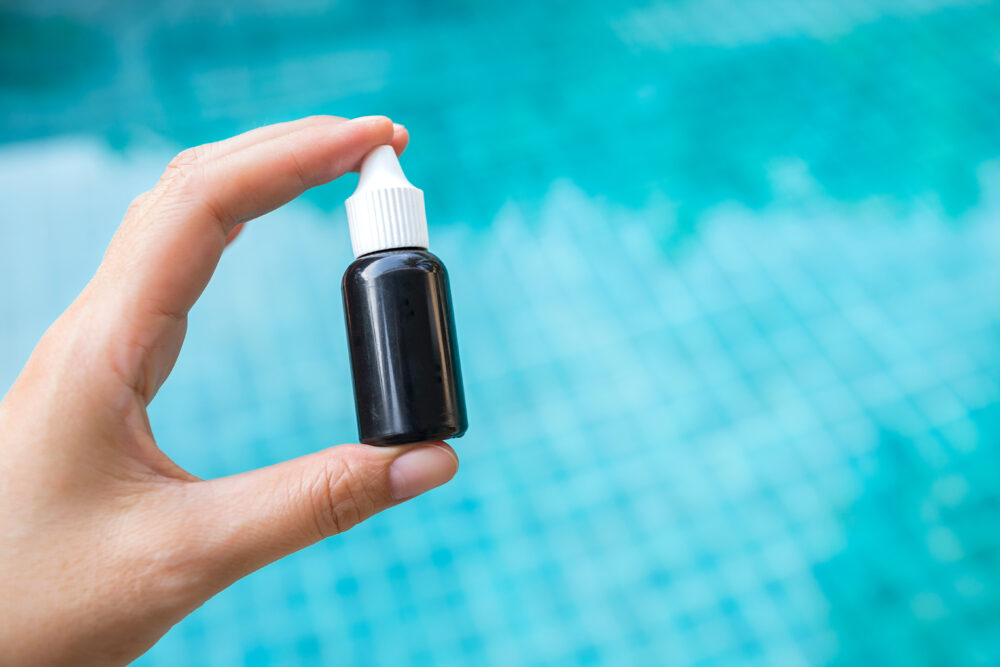The July 2024 issue of the Advisor introduced the Hazard Communication changes in an article on page 4. Included in that article were the compliance dates. A large portion of the changes affect manufacturers and distributors of hazardous chemicals, who will have new duties regarding classification of chemicals.
Some definitions have been added or significantly modified, including:
“Immediate outer package” means the first package enclosing the container of hazardous chemical.
“Liquid” means a substance or mixture which at 122⁰F (50°C) has a vapor pressure of not more than 43.51 PSI (300 kPa (3 bar)), which is not completely gaseous at 68⁰F (20°C) and at a standard pressure of 14.69 PSI (101.3 kPa), and which has a melting point or initial melting point of 68 ⁰F (20°C) or less at a standard pressure of 14.69 PSI (101.3 kPa).
“Physical hazard” means a chemical that is classified as posing one of the following hazardous effects: explosive; flammable (gases, liquids, or solids); aerosols; oxidizer (gases, liquids, or solids); self-reactive; pyrophoric (liquids or solids); self-heating; organic peroxide; corrosive to metal; gas under pressure; in contact with water emits flammable gas; or desensitized explosive.
“Physician or other licensed health care professional (PLHCP)” means an individual whose legally permitted scope of practice (i.e., license, registration, or certification) allows the individual to independently provide or be delegated the responsibility to provide some or all of the health care services referenced in paragraph (i) of this section.
“Solid” means a substance or mixture which does not meet the definitions of liquid or gas.
Small Containers
For a container less than or equal to 100 ml capacity, the chemical manufacturer, importer, or distributor must include, at a minimum, the following information on the label of the container:
(A) Product identifier;
(B) Pictogram(s);
(C) Signal word;
(D) Chemical manufacturer’s name and phone number; and
(E) A statement that the full label information for the hazardous chemical is provided on the immediate outer package.
For a container less than or equal to 3 ml capacity, where the chemical manufacturer, importer, or distributor can demonstrate that any label interferes with the normal use of the container, no label is required, but the container must bear, at a minimum, the product identifier.
For all small containers (any less than or equal to 100 ml capacity), the immediate outer package must include:
(A) The full label information required for each hazardous chemical in the immediate outer package. The label must not be removed or defaced.
(B) A statement that the small container(s) inside must be stored in the immediate outer package bearing the complete label when not in use.
Safety Data Sheets
A minor change states that Safety Data Sheets (SDSs) may be kept in any form, including as operating procedures, and may be stored in such a way to cover groups of hazardous chemicals in a work area where it may be more appropriate to address the hazards of a process rather than individual hazardous chemicals. However, the employer shall ensure that in all cases the required information is provided for each hazardous chemical and is readily accessible during each work shift to employees when they are in their work area(s). Many organizations wonder whether it is acceptable to store SDSs electronically, and the Rule says they may be kept in any form. However, they must be available and accessible, which means that even if the power is out, they must still be available. For that reason, many organizations continue to have SDSs in printed form, rather than solely electronically.
Pictograms
For “Hazards Not Otherwise Classified,” the exclamation mark pictogram is permitted (but not required) for HNOCs if the words “Hazard Not Otherwise Classified” or the letters “HNOC” appear below the pictogram. Pictograms may only appear once on a label. If multiple hazards require the use of the same pictogram, it may not appear a second time on the label.
Precautionary Statements
Precautionary statements may incorporate minor textual variations from those the text prescribed if these variations assist in communicating safety information (e.g., spelling variations, synonyms or other equivalent terms) and the safety advice is not diluted or compromised. Any variations must be applied/used consistently on the label and in the safety data sheet. Where a substance or mixture is classified for a number of health hazards, this may trigger multiple precautionary statements relating to medical response, e.g., calling a poison center/doctor/…and getting medical advice/attention.
Hazard Statements
Employers and manufacturers will be required to update the hazard statements, response, storage and disposal information on product labels in several areas as directed in the appendices.
Trade Secrets
Manufacturers have long been able to claim trade secrets to avoid disclosing the exact concentrations of chemicals in the formulation of products. However, a change to the rule now states that concentration ranges must now be provided on SDSs. Also, the specific chemical identity and percentage exact concentration or concentration range must be made available to health professionals, employees, and designated representatives when needed for emergency or first aid treatment.
Finally, the appendices to the Standard have been greatly updated to assist manufacturers/distributors in properly classifying, identifying and labeling hazards.



